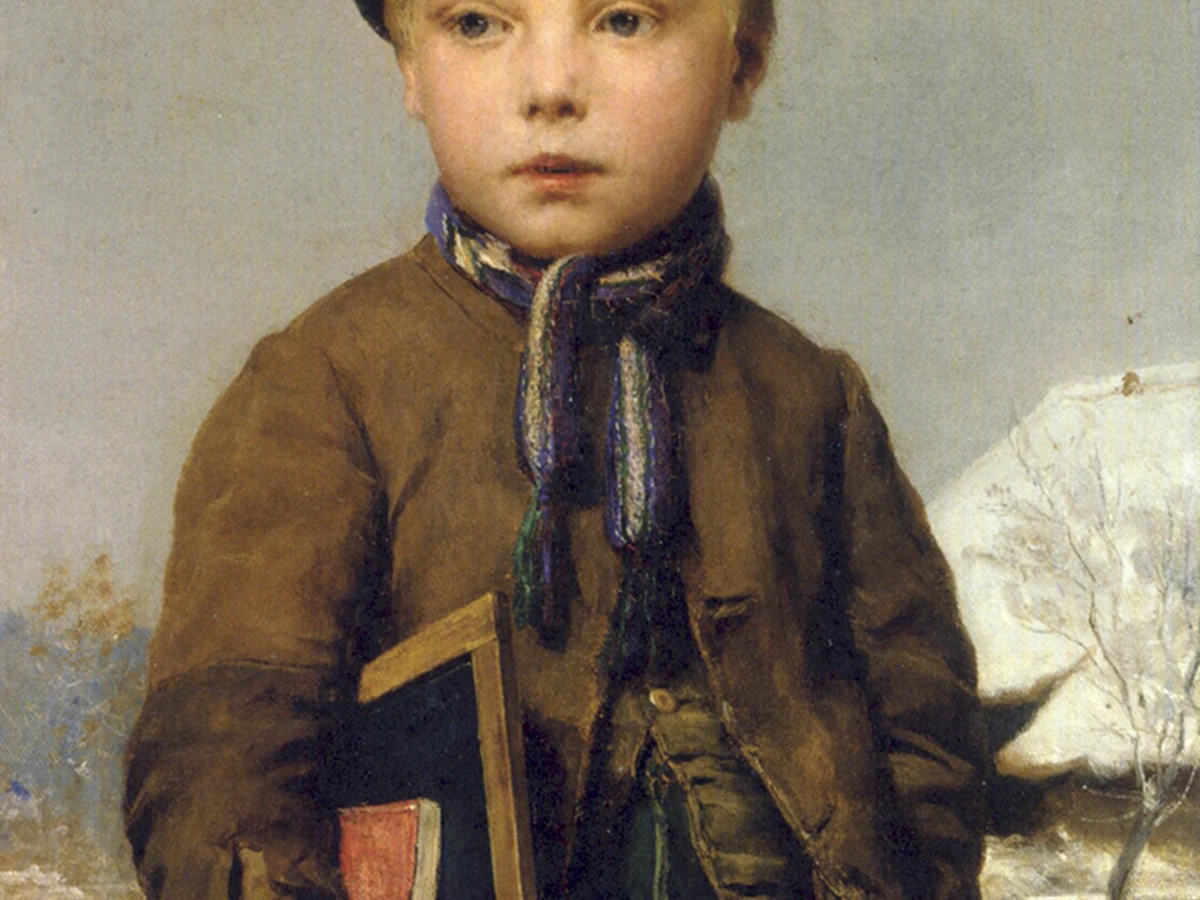The chalkboard is a social technology. It lets one hand broadcast thinking to many eyes—cheaply, instantly, and erasably.
Before wall boards, teachers used small personal slates. Scaling that idea onto a wall let entire rooms follow a lesson, synchronize notes, and practice together.
This history traces materials, chalk chemistry, classroom choreography, and the board’s surprising persistence in math and art.
Slate Rooms and the Birth of the Wall Board
Mined slate provided a smooth, dark surface with good contrast. Installed as panels, it created a writable wall that could be wiped clean—revolutionizing classroom attention.
The physicality mattered: the scree of chalk, the sweep of an arm, the rhythm of erasing. Teaching developed a choreography around visibility and pace.

Chalk, Dust, and Tools
Early chalk was literally chalk—calcium carbonate—that wore quickly and produced dust. Formulations shifted to gypsum with binders, improving smoothness and reducing abrasion.
Erasers evolved from rags to layered felt blocks. Trays collected stubs; some schools added ventilation to clear airborne dust.
Green Boards, Grids, and Enamel Steel
Green enamel steel boards reduced glare and eye strain while allowing magnetic accessories. Grids and staves supported math graphs and music notation.
Whiteboards later shifted writing to markers, but many mathematicians prefer chalk’s friction for precise strokes and shading. Art studios still value the tactile feedback.
Design, Accessibility, and Acoustics
Board height and tilt determine sightlines; acoustics shape how chalk sound competes with HVAC noise. Rolling boards and multi‑panel walls maximize writing area in dense rooms.
Simple design tweaks—dustless chalk, microfiber erasers—made rooms healthier without losing the medium’s immediacy.
Where Chalkboards Live On
Universities keep chalk for proofs; cafés and workshops use boards for ephemeral menus and diagrams. The medium invites iteration and play.
Digital tablets mimic layers and undo, yet a board’s scale and shared presence remain hard to replace.
Curiosities and Fast Facts
- Muscle memory in chalk writing affects letterforms and legibility.
- Old slate boards can be resurfaced rather than replaced.
- Dustless chalk reduces airborne particles but still benefits from ventilation.
Conclusion
The chalkboard persists because it multiplies attention cheaply. It turns walls into stages for thought, where ideas appear and vanish at human speed.
